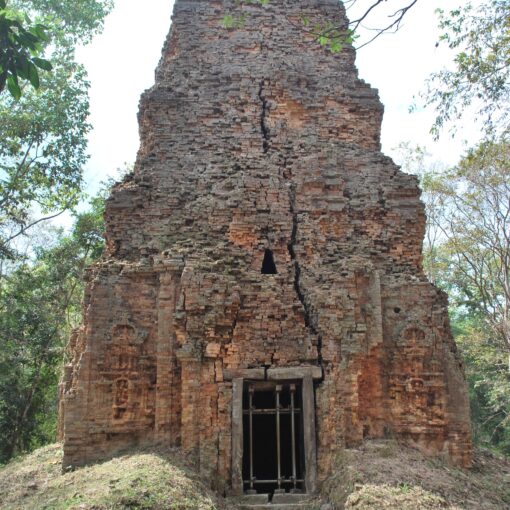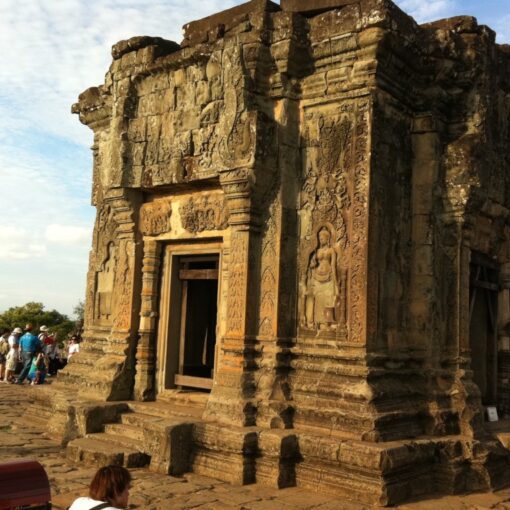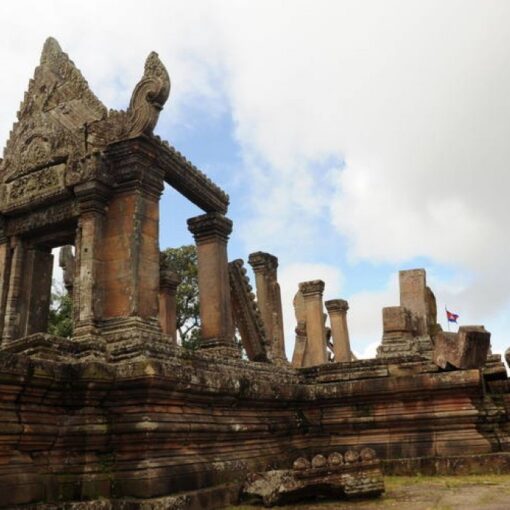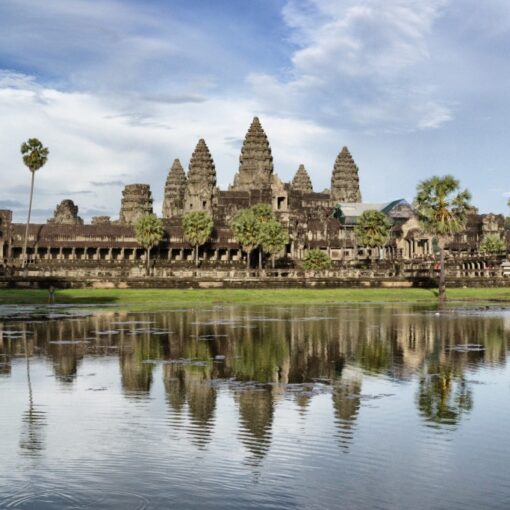
Sambor Temple Group (North Group)
Prasat Sambor is the greatest temple compound among the Sambor Prei Kuk monuments. This compound was a Hindu temple devoted to Shiva. There are several brick shrines and triple enclosure walls surrounding the main tower. […]













